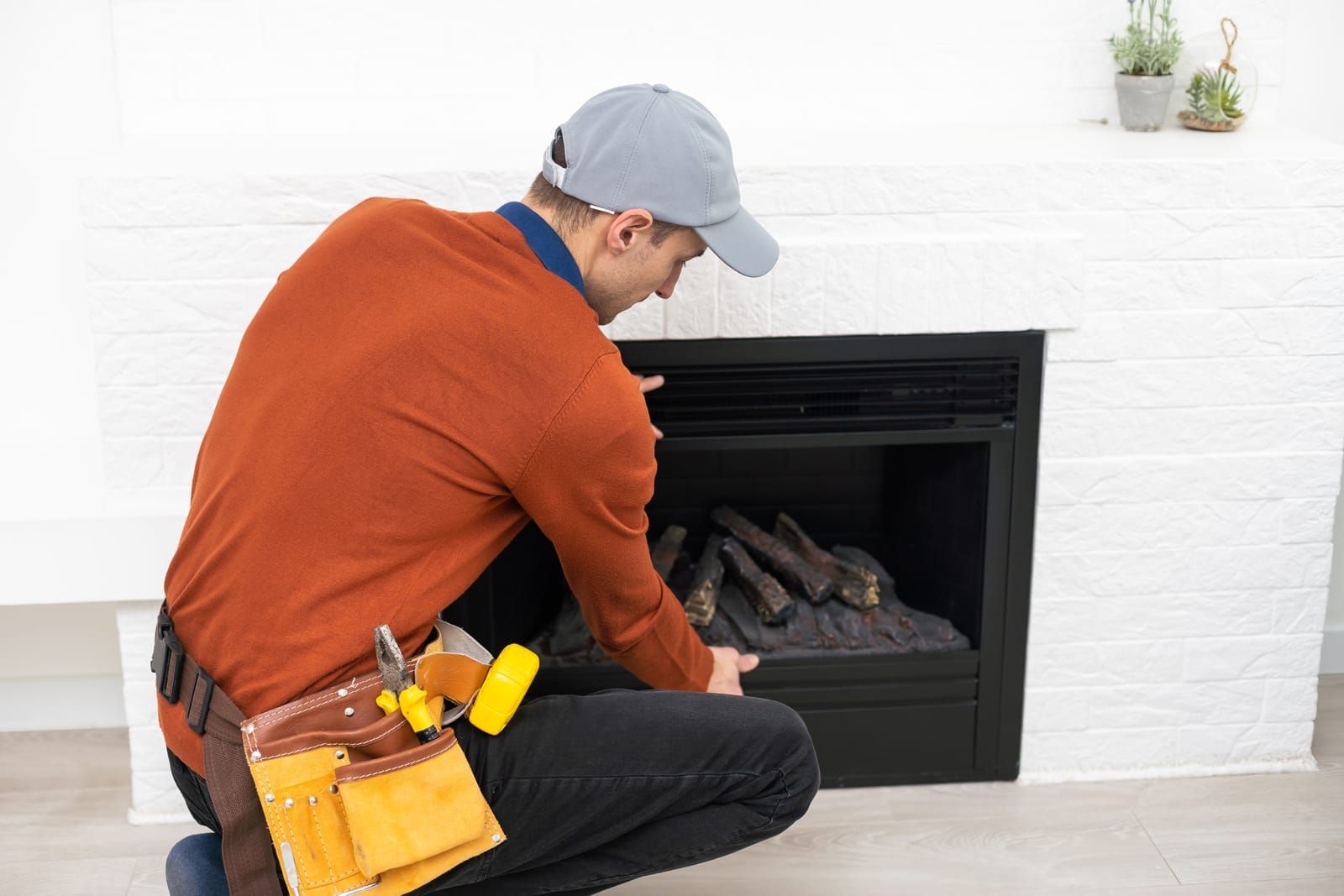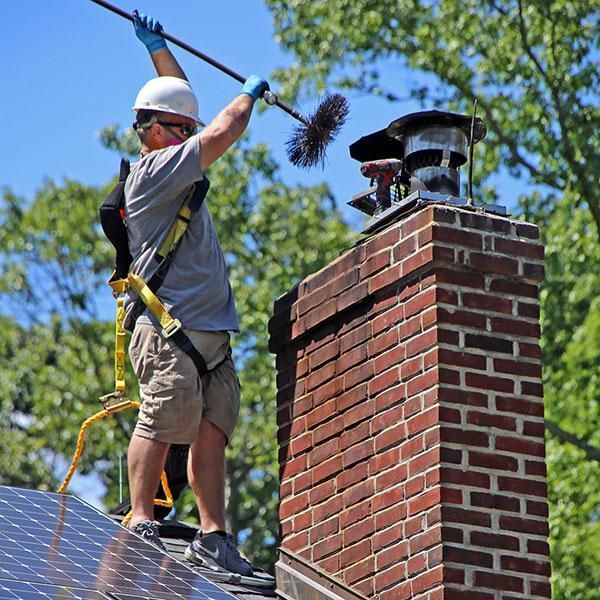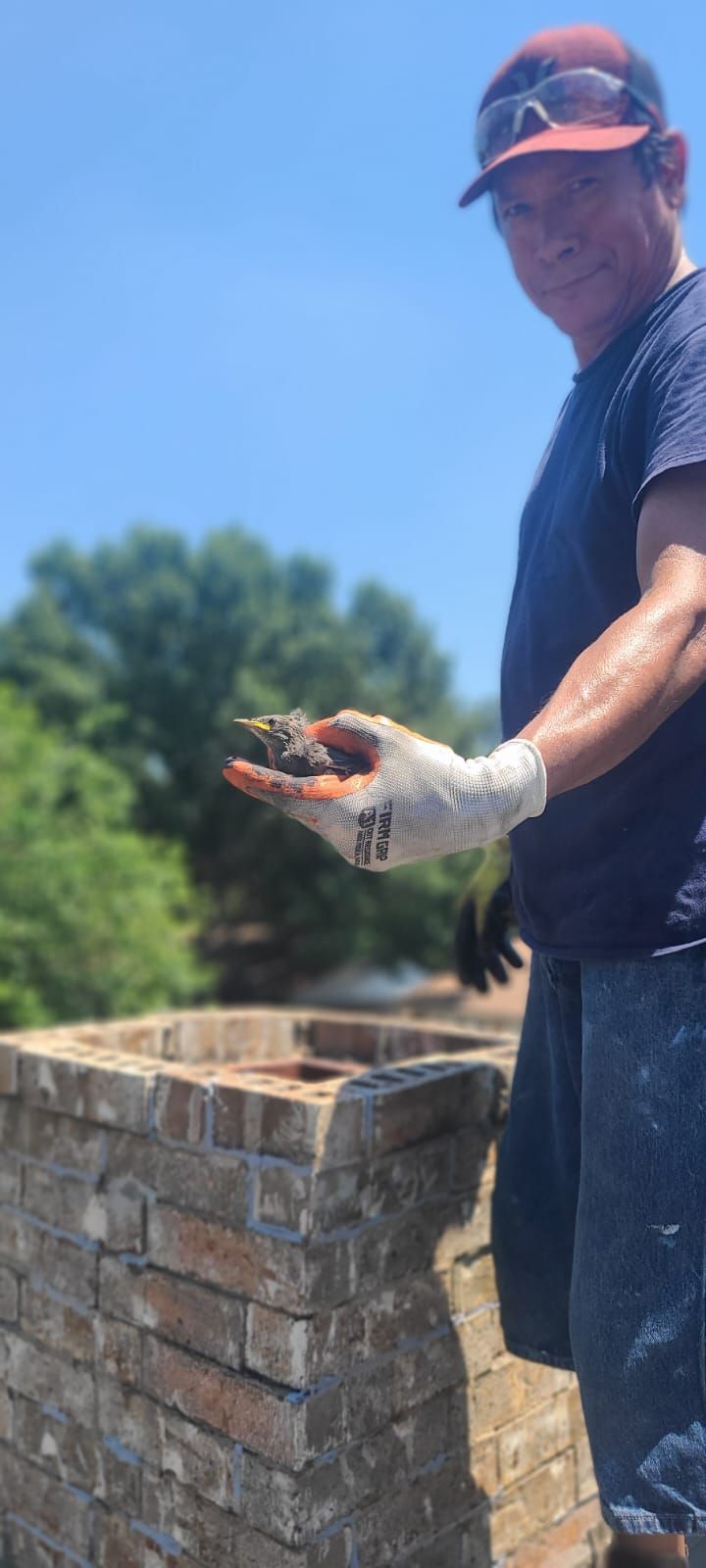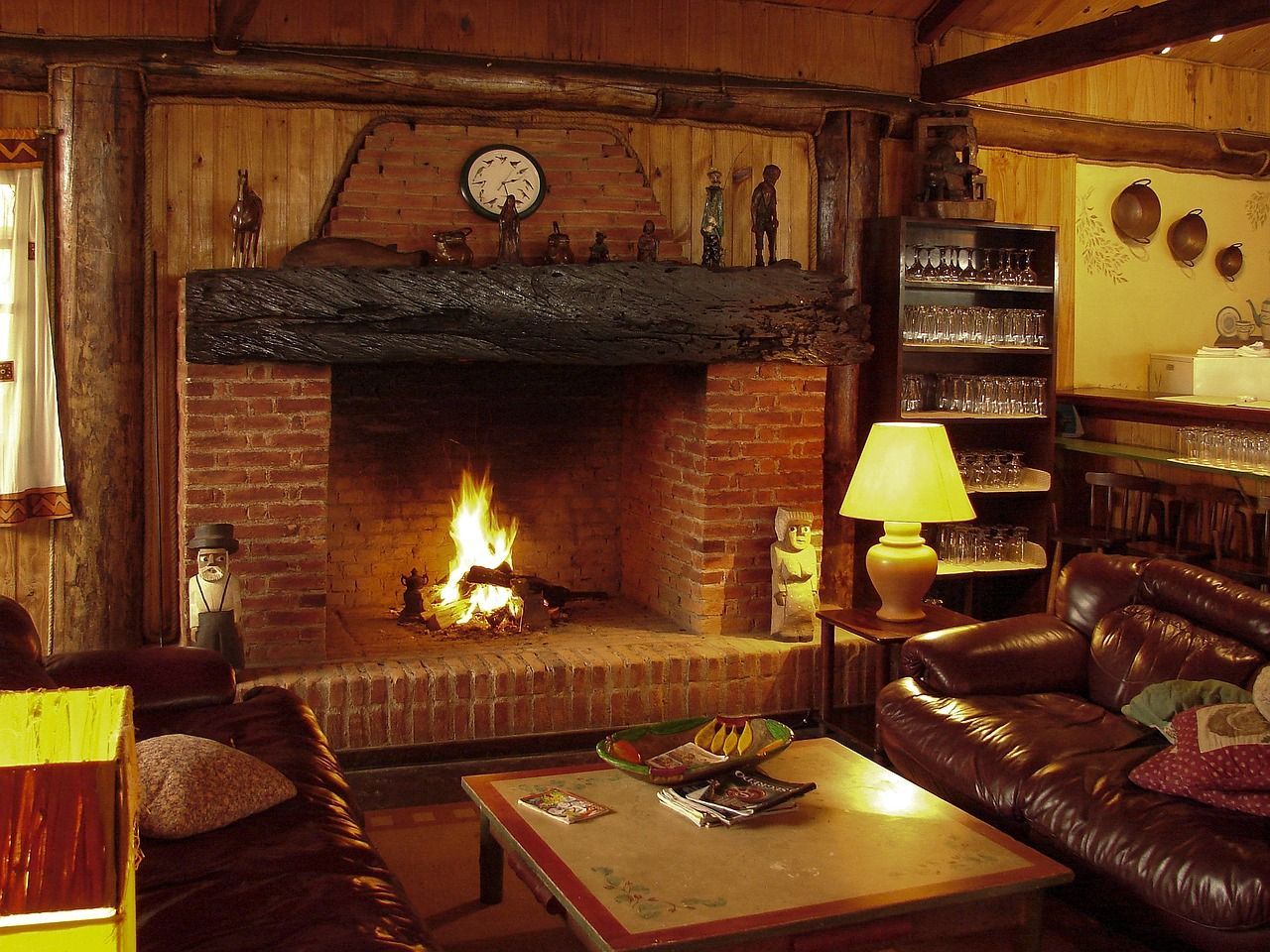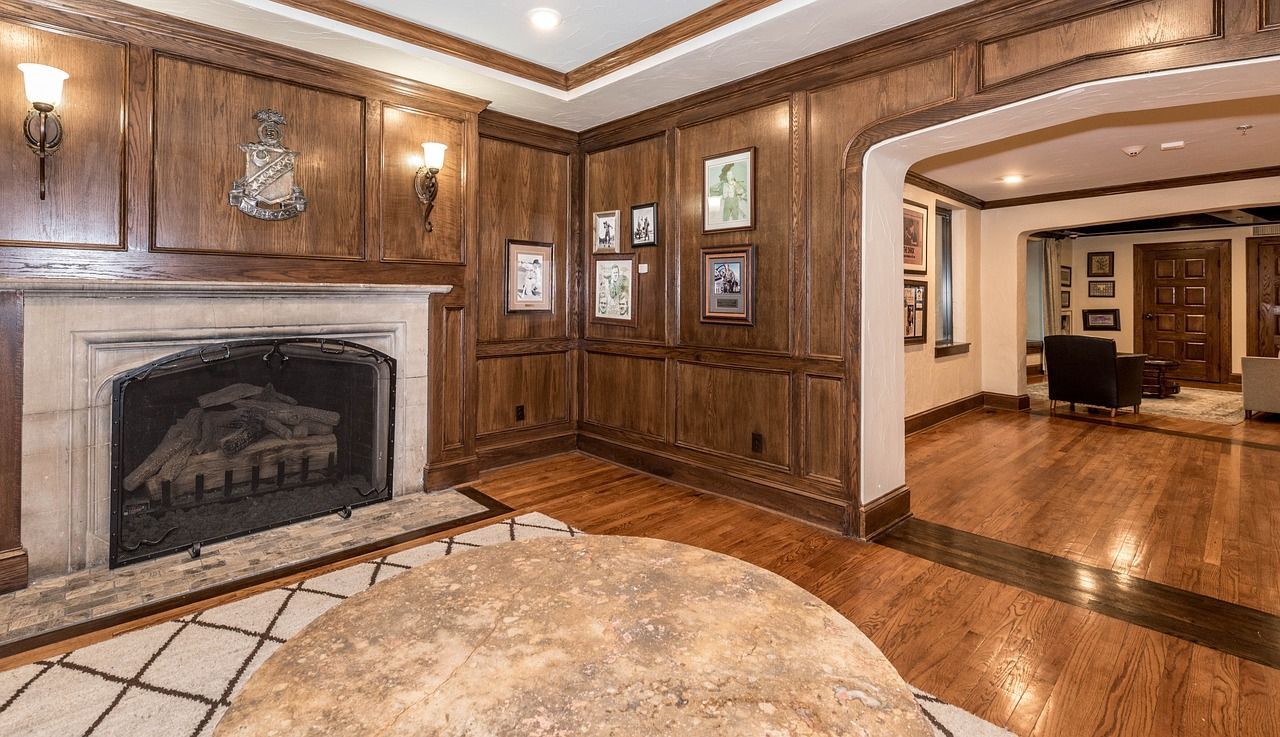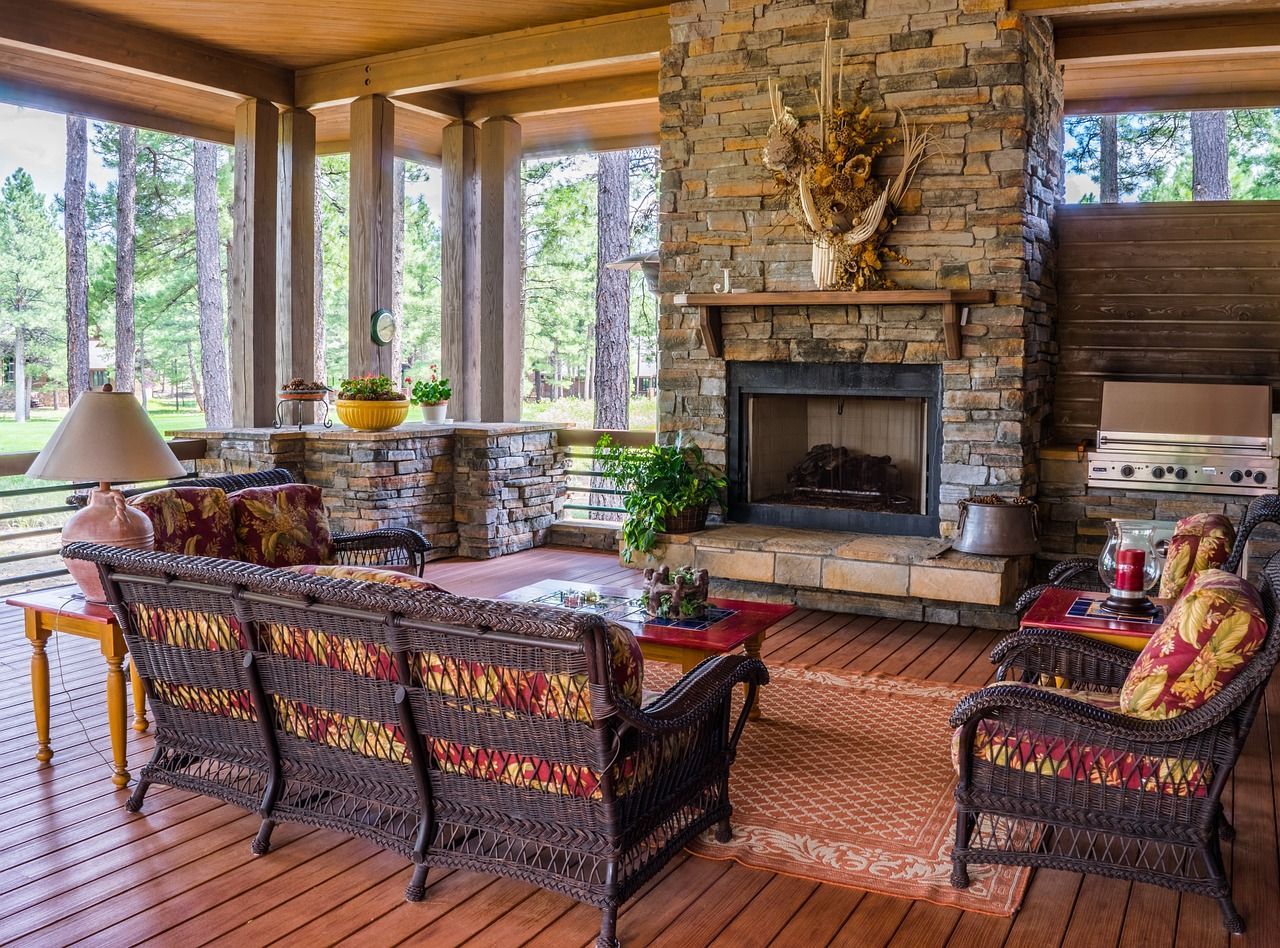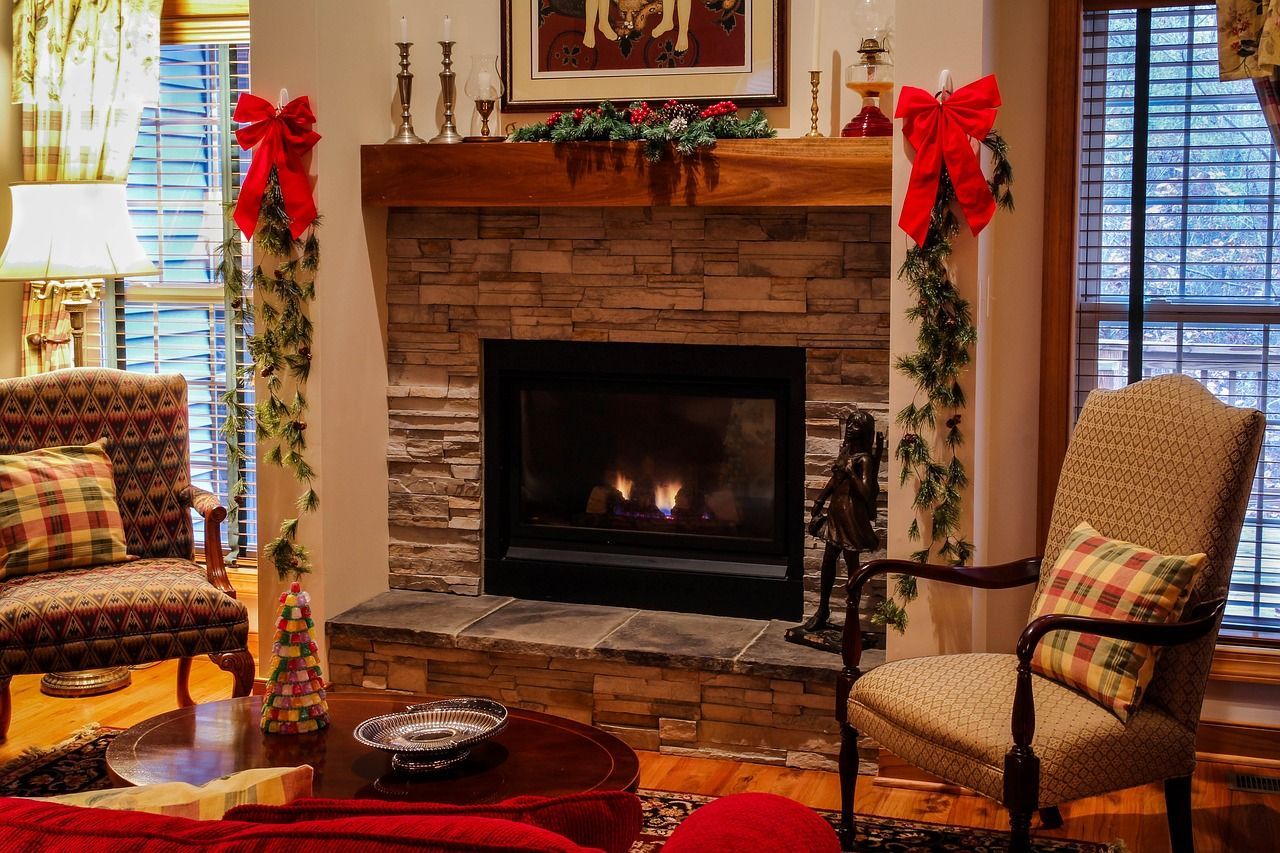Understanding Chimney Sweeping: Does it Truly Remove Creosote?
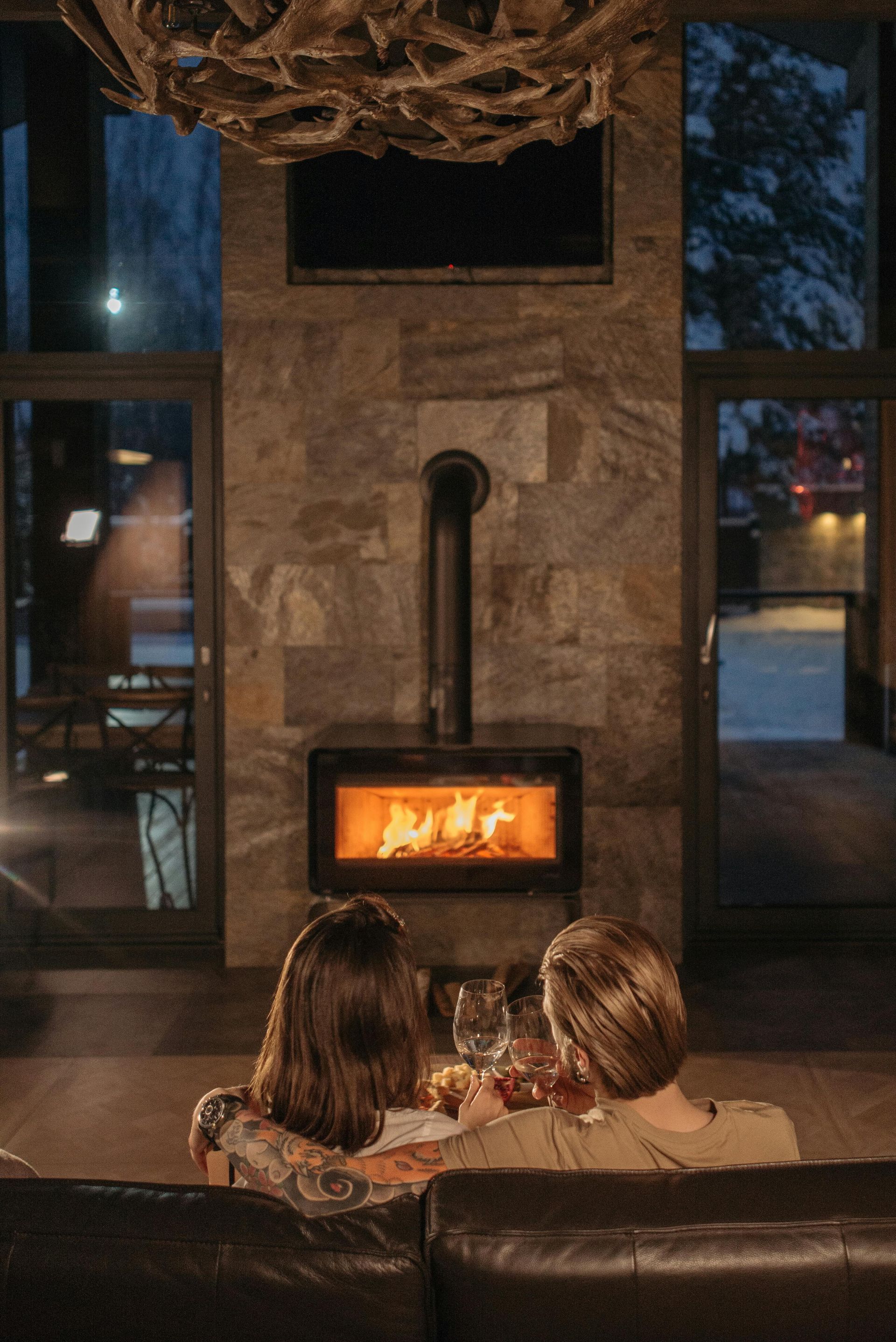
Chimney sweeping is an essential aspect of fireplace and chimney maintenance, especially for those who enjoy the warmth and ambiance of a crackling fire during the colder months. However, there's often confusion surrounding whether chimney sweeping effectively removes creosote buildup, a potentially hazardous substance that can accumulate within the chimney. In this comprehensive guide, we'll explore the dynamics of creosote, the importance of chimney sweeping, and whether it truly eliminates this stubborn residue.
What is Creosote?
Creosote is a byproduct of burning wood or other organic materials in a fireplace or wood-burning stove. It forms when smoke, gases, and vapors from the burning process condense and cool as they travel up the chimney. Creosote can appear in various forms, including:
- Stage 1 - Soot: Initially, creosote may resemble a powdery substance known as soot. This stage is relatively easy to clean and poses minimal risk.
- Stage 2 - Soft and Sticky: As creosote accumulates further, it transforms into a soft, sticky substance that adheres to the chimney walls. This stage is more challenging to remove and poses a higher risk of chimney fires.
- Stage 3 - Glazed and Hardened: If left unattended, creosote can harden into a glazed, tar-like substance that is extremely difficult to remove. This stage poses the greatest risk of chimney fires and requires professional intervention.
The Importance of Chimney Sweeping
Regular chimney sweeping is critical for maintaining a safe and efficient fireplace or wood-burning stove. Here's why:
- Fire Prevention: Creosote is highly flammable. If ignited, it can lead to chimney fires that pose a significant risk to your home and safety. Chimney sweeping removes creosote buildup, reducing the likelihood of a fire.
- Improved Ventilation: Accumulated creosote can restrict airflow within the chimney, leading to poor ventilation and inefficient burning. By removing creosote, chimney sweeping ensures proper airflow and combustion.
- Prevention of Carbon Monoxide Poisoning: Blocked chimneys can cause harmful gases, including carbon monoxide, to back up into the home. Regular chimney sweeping helps prevent the buildup of dangerous gases and reduces the risk of carbon monoxide poisoning.
Does Chimney Sweeping Remove Creosote?
Now, let's address the central question: Does chimney sweeping effectively remove creosote? The answer is nuanced.
- Routine Maintenance: For chimneys with moderate creosote buildup, routine chimney sweeping can effectively remove the majority of creosote deposits. Professional chimney sweeps, such as those from Adic Pro, use specialized tools and techniques to dislodge and remove creosote from the chimney walls.
- Stage of Creosote: However, the effectiveness of chimney sweeping depends on the stage of creosote accumulation. While routine maintenance can address early-stage creosote buildup, hardened or glazed creosote may require more intensive methods, such as mechanical cleaning or chemical treatments.
- Frequency of Sweeping: The frequency of chimney sweeping also plays a crucial role in creosote removal. The Chimney Safety Institute of America (CSIA) recommends annual chimney inspections and cleanings, with more frequent cleanings if the fireplace is used frequently or if creosote buildup is detected.
Conclusion
In conclusion, chimney sweeping is an essential aspect of chimney maintenance that can effectively remove creosote buildup and mitigate the risk of chimney fires and other hazards. However, the effectiveness of chimney sweeping depends on factors such as the stage of creosote accumulation and the frequency of maintenance. To ensure the safety and efficiency of your fireplace or wood-burning stove, it's advisable to schedule regular chimney inspections and cleanings by certified professionals like those at Adic Pro. By staying proactive and attentive to chimney maintenance, you can enjoy the warmth and comfort of your fireplace with peace of mind.
